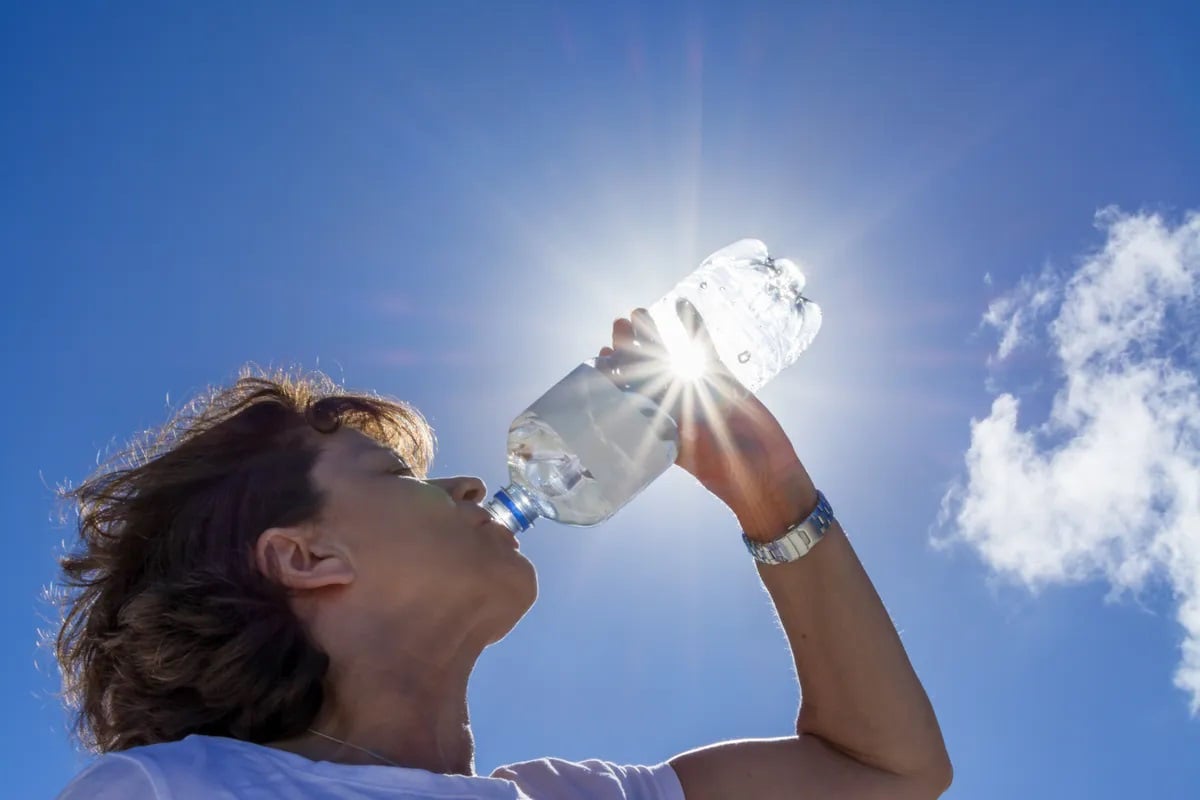
Drinking bottled water in the sun - Photo: Shutterstock
Volatile organic compounds (VOCs) are chemicals that evaporate easily at room temperature and can be found in many products such as fuels, solvents, paints, and cleaning products. They are also present in plastics, including plastic bottles and food packaging. Many are harmless, but some have negative long-term health effects.
In the latest study, scientists in China exposed six types of plastic bottles to ultraviolet A (UVA) light and sunlight. All of the bottles were made from polyethylene terephthalate (PET)—one of the most common types of plastic—but there were significant differences in the composition and concentration of volatile organic compounds between the bottles.
The team found that these bottles release a complex mixture of VOCs, including alkanes, alkenes, alcohols, aldehydes, and acids. This is likely due to photodegradation, when the plastic structure breaks down due to exposure to sunlight.
The team also found evidence of “highly toxic” VOCs, including carcinogens such as n-hexadecane.
According to IFLScience on June 24, the risk of poisoning when drinking a sip of water is extremely small, but prolonged exposure can lead to health risks.
"Our findings provide compelling evidence that plastic bottles exposed to sunlight can release toxic compounds that pose health risks. Consumers need to be aware of these risks, especially in environments where bottled water is exposed to sunlight for long periods of time," said Dr. Huase Ou, who led the study and works at Jinan University (China).
Sunlight isn’t the only thing to consider when using plastic bottles to store water. Previous studies have shown that leaving water in a plastic bottle for just one day can cause hundreds of chemicals to leach into the drink. Some of these chemicals are known to be harmful to health, including carcinogens and hormone disruptors.
Additionally, heating plastic bottles can have serious consequences. According to a 2020 study, between 1.3 and 16.2 million microplastic particles per liter were released into baby bottles during the sterilization process.
The study was published in the journal Eco-Environment & Health .
Source: https://tuoitre.vn/uong-nuoc-dong-chai-nho-tranh-xa-cho-nang-20240625113519776.htm


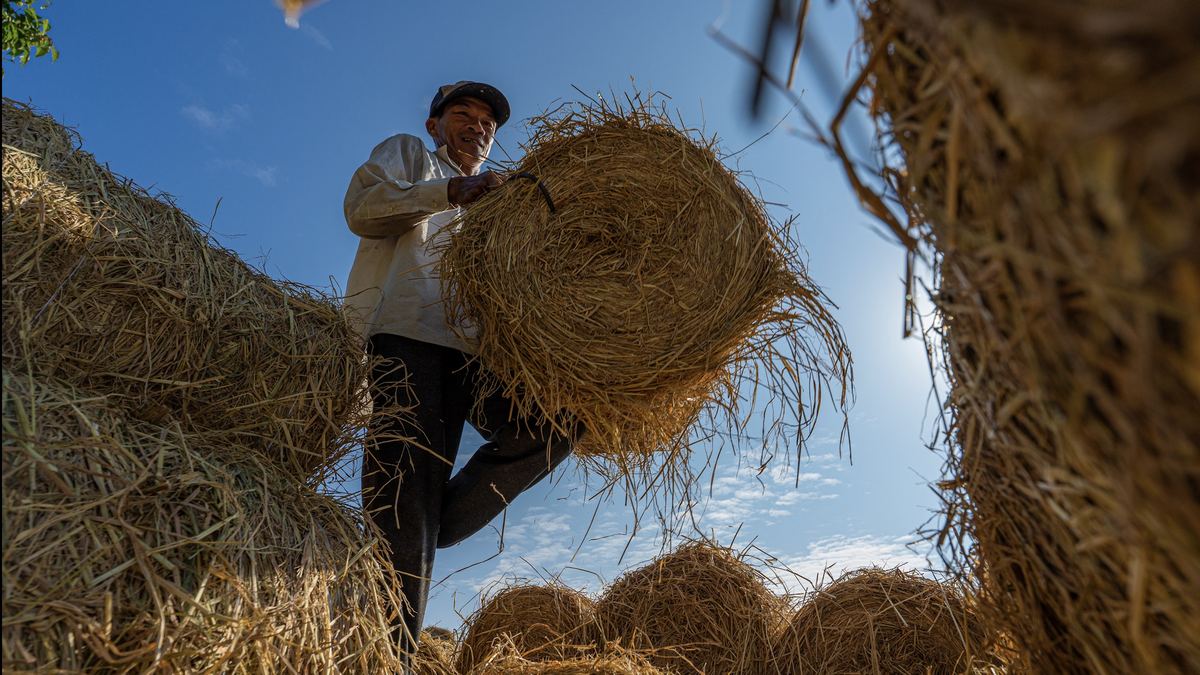








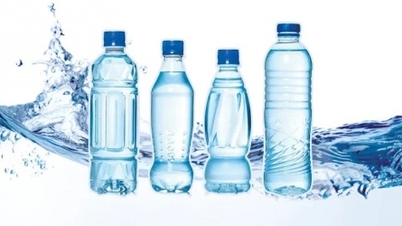

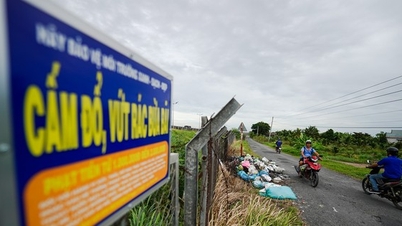

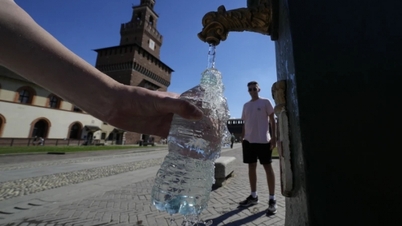


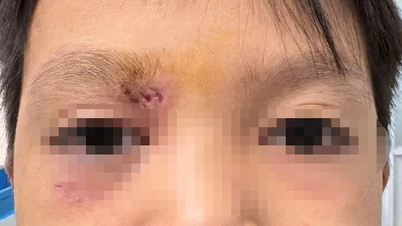

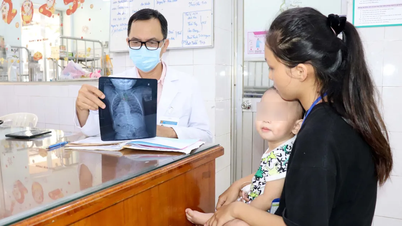
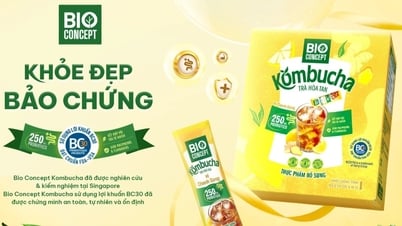


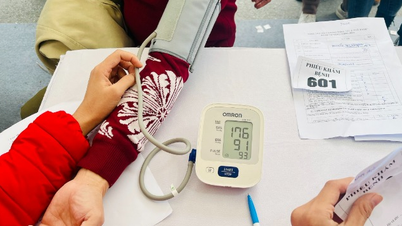



















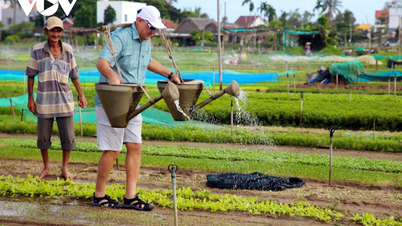














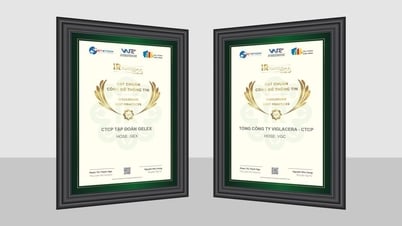








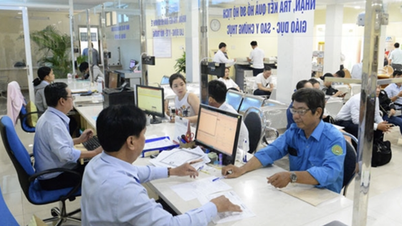








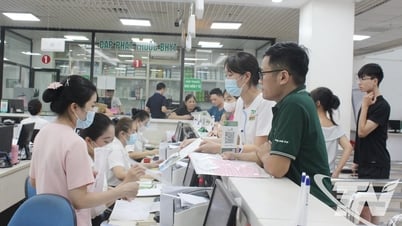



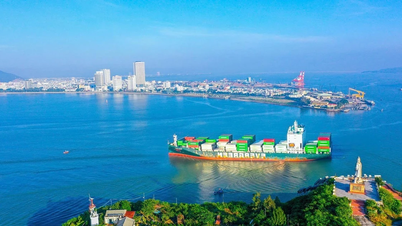

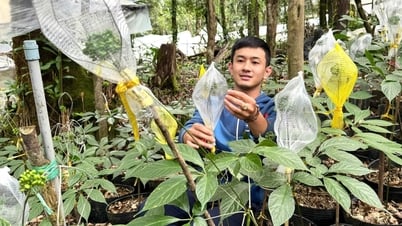

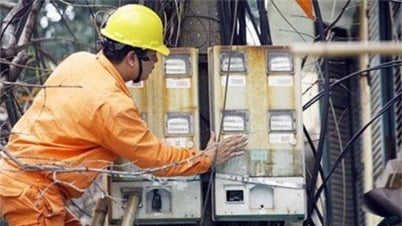



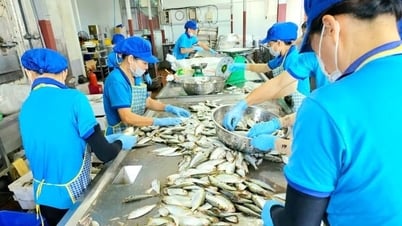

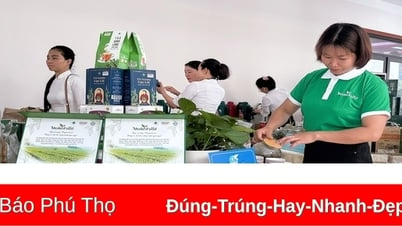

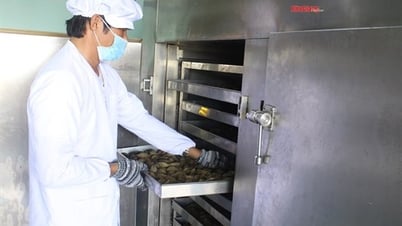

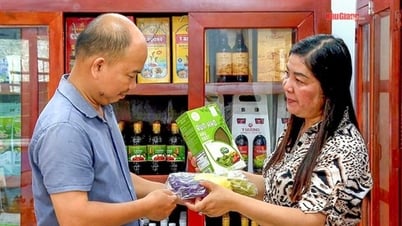
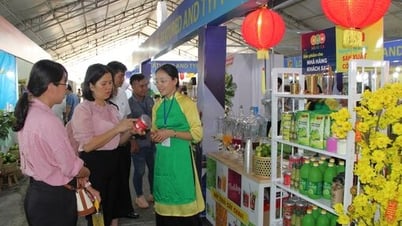


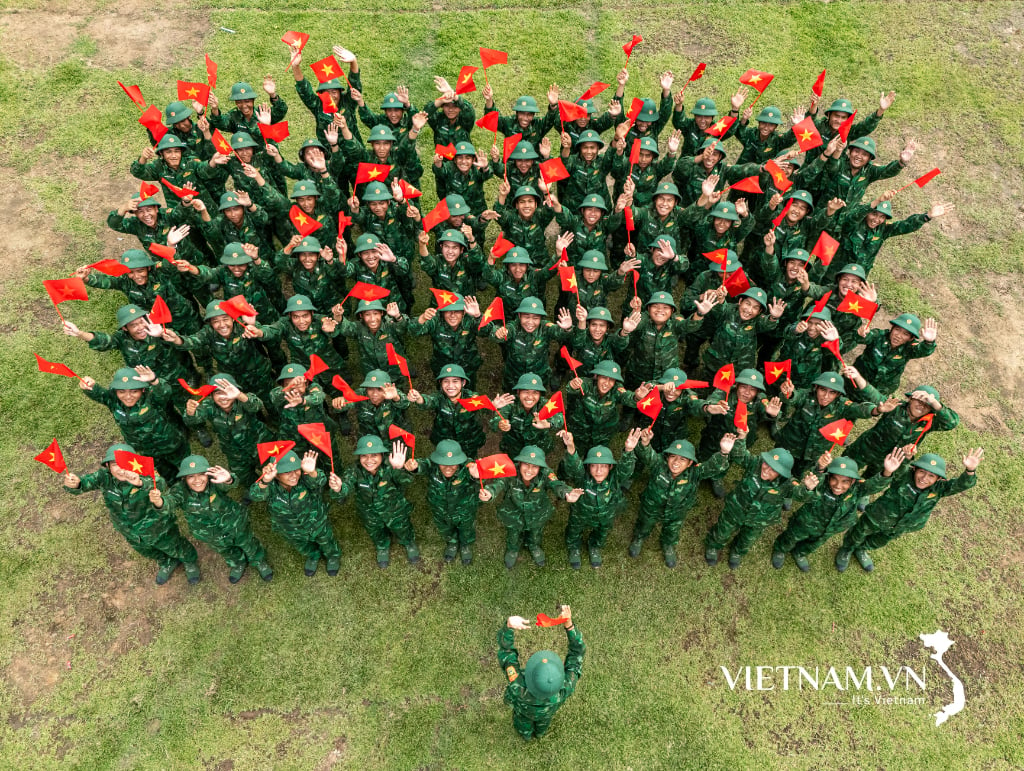


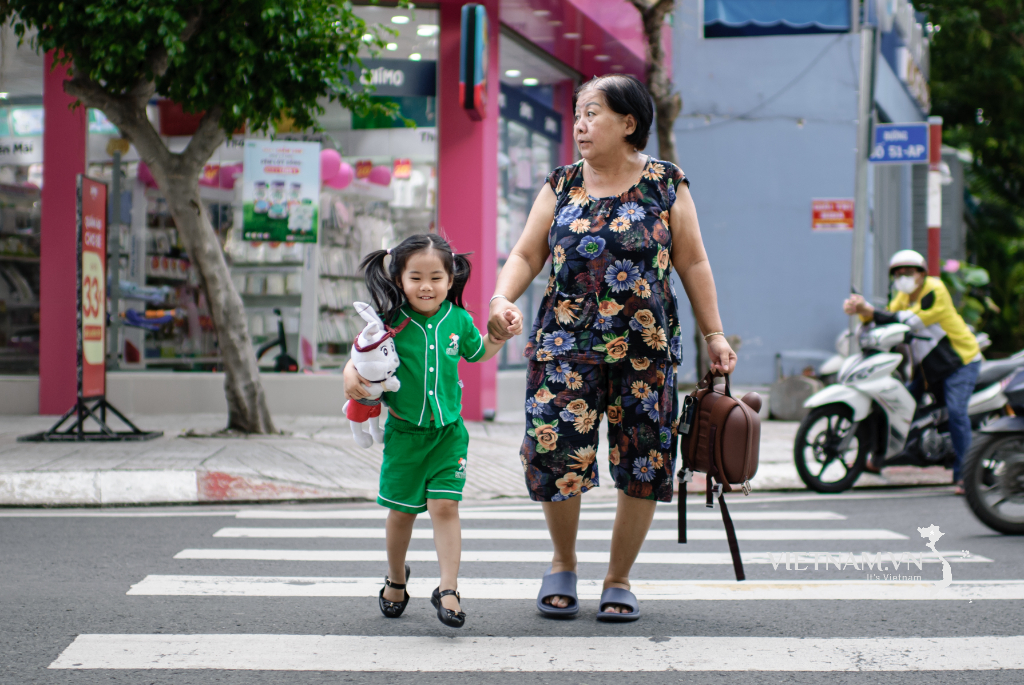
Comment (0)